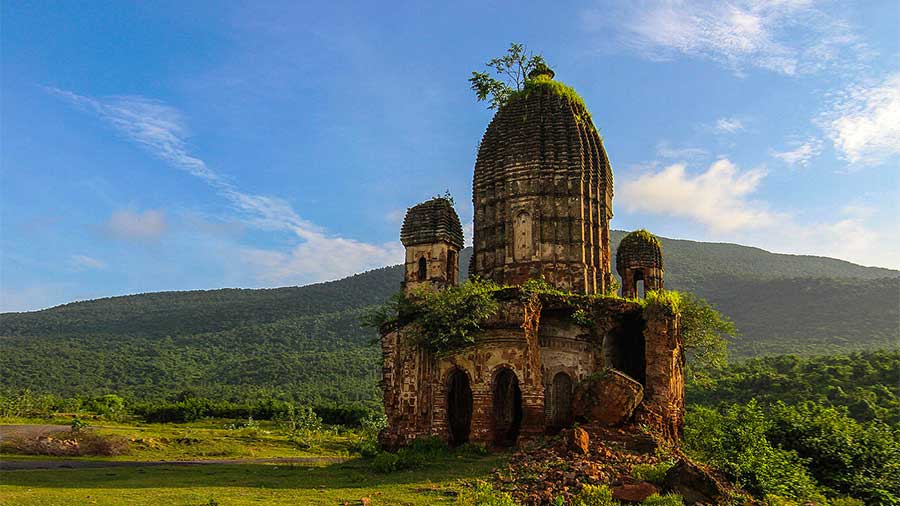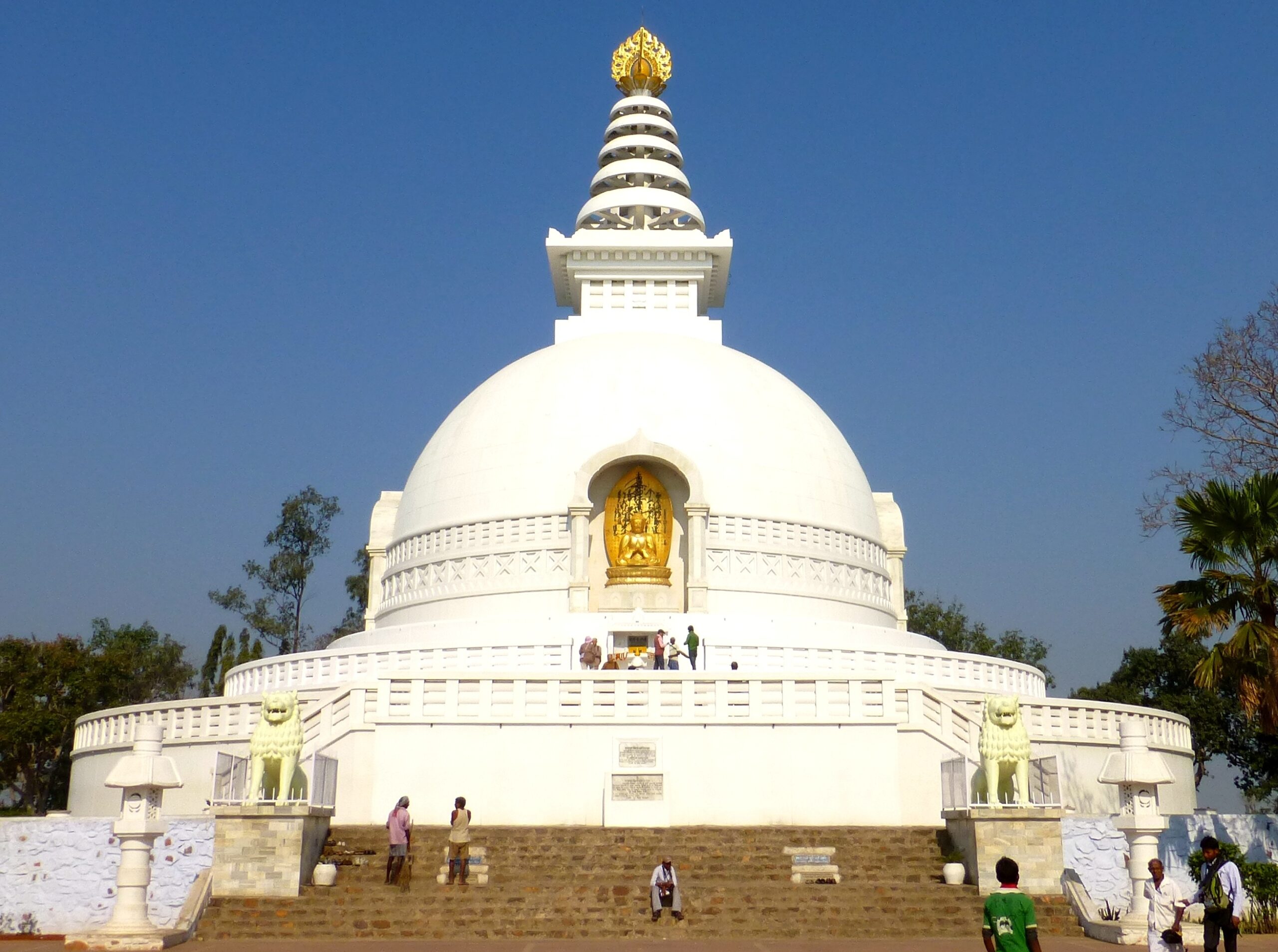
Discovering Purulia’s Natural Wonders
Purulia, the fifth largest district in West Bengal, attracts thousands of tourists every year despite its rugged terrain and water scarcity. Its extraordinary natural beauty, with attractions like Ayodhya Hills, Murguma, and Gardpanchkot, draws visitors seeking adventure and tranquility alike.
Unveiling Purulia’s Rich History
However, Purulia offers more than just scenic landscapes. Its rich history, evident in archaeological sites, eye-catching sculptures, and vibrant tribal villages, along with colorful bazaars and folk culture rich in choho, jhumur, and dance, make it a treasure trove for tourists.
A Journey Through Time: Ancient Artifacts and Jain Heritage
Artifacts from various ancient eras have been discovered across Purulia, including stone tools dating back thousands of years. The region’s significance is mentioned in ancient texts like the Rigveda and Mahabharata, and Jain scriptures also shed light on its history. The influence of Jainism is evident in numerous temple ruins and Jain idols found throughout the district.
Purulia’s Historical Legacy: From Panchkot Kings to Independence
Purulia was historically ruled by the Panchkot kings, with their kingdom established in Jhalda and the capital at Gar Panchkot. The legacy of this rule is reflected in the ancient stone temples and the famous port of Telkupi, built in the 11th century. On November 1, 1956, the Bengali-speaking area of the Manbhum district of Bihar was annexed to West Bengal, forming the district of Purulia.
Purulia: A Cultural Melting Pot
Known as a “virgin land,” Purulia is described as a paradise where obstacles are overcome with a smile. The district’s name has various interpretations, reflecting its rich cultural heritage and geographical features. The region’s historical significance is evident in its role during the Indian independence movement.
Celebrating Purulia’s Cultural Diversity
Purulia’s cultural diversity is reflected in its folk dances like Chho and Jhumur, which are celebrated both locally and internationally. The district has nurtured many notable personalities, including freedom fighters, poets, and artists, whose contributions have enriched its cultural tapestry.
Exploring Beyond the Horizon: Purulia’s Hidden Gems
As tourists explore Purulia beyond its well-known attractions, they discover a land steeped in history, culture, and natural beauty. With its diverse landscapes, ancient ruins, and vibrant traditions, Purulia promises an enriching experience for every traveler.
An Overview of Purulia District
Purulia, established as a district on November 1, 1956, holds the fifth position in terms of area among West Bengal’s districts. Encompassing an area of 6259 square kilometers within the Burdwan division, it consists of three subdivisions: Purulia Sadar, Raghunathpur, and Jhalda. The district boasts 21 police stations, 20 development blocks, three municipalities, one Zilla Parishad, 20 Panchayat Samiti, 170 Gram Panchayats, 10 towns, one Lok Sabha constituency, and 11 Vidhan Sabhas. With a total of 2683 villages, Purulia’s geographical coordinates lie between 23°42′ and 22°43′ north latitude and 86°54′ and 85°49′ east longitude.
Terrain and Natural Features
Purulia’s topography is characterized by the Chotanagpur plateau, featuring uneven terrain with high and low rock cliffs. The district is dotted with small and large hills, with the western part being a low plateau and the eastern part a stony plain. Notable geographical features include the Ayodhya hills, with Shringa Chamtu Pahar standing at its highest point of 699 meters. The district’s agricultural land is categorized into four types: Tar (relatively high land), Baid (high land), Bahal (low land), and Kanali (land between Bahal and Baid).
Rich Natural Resources
Covering a total forest area of 216.5 thousand acres, Purulia boasts diverse flora including Sal, Palash, Haritaki, Arjuna, Bahera, Mahua, Kend, and Kusum Piyashal trees. The district’s mineral wealth primarily consists of coal, with six active coal mines. Additionally, Purulia possesses significant deposits of porcelain, limestone, graphite, copper fluorite, quartz-mica, lead, and nuclear minerals. The first traces of gold in the district were discovered along the Totko River in 1991.
Hydrology and Climate
Purulia is traversed by several rivers, including the Kansavati, Shilai, and Dwarkeshwar, which have their origin within the district. The area experiences a normal annual rainfall of 139.8 cm, with extreme temperatures ranging from 46°C in summer to 8°C in winter.
Agriculture and Industrial Development
The primary crop cultivated in Purulia is paddy, alongside wheat, pulses, sorghum, oilseeds, maize, and potatoes. Of the total land area, approximately 68.30% is cultivable, with 19,540 acres under irrigation through various schemes. While major industries are limited, Purulia hosts the Santaldi Thermal Power Plant, a coal refinery at Bhajudi, and the Pumped Storage Project in the Ayodhya Hills. Additionally, the district has seen growth in lacquer, agar, knife-scissor manufacturing, bidi, tasar, and cho-nach mask industries.
Demographics and Infrastructure
According to the 2001 census, Purulia district’s population stood at 2,434,516, with a literacy rate of 55.57%. The district is equipped with 2973 primary schools, 148 secondary schools, 79 higher secondary schools, 13 colleges, two technical education institutes, and one homeopathic degree college. With 231 kilometers of railway tracks, Adra serves as the main railway town, facilitating the daily operation of 22 up/down trains. National Highway 32 passes through the district, complemented by 62 kilometers of national highways, 640 kilometers of state highways, and district roads.
Cultural Diversity and Historical Significance
Purulia’s cultural mosaic is enriched by diverse linguistic and ethnic communities, including Santal, Kurmi, Bauri, Sarak, Marwari, Muslim, Christian, and various tribal groups. Bengali remains the predominant language, spoken by 77.82% of the population, followed by Saotali and Hindi. The district played a significant role in India’s independence movement, witnessing notable protests and contributions from local leaders and activists.
Exploring the Vibrant Folk Culture of Purulia
The Enchanting World of Purulia’s Folk Dances
Purulia is renowned for its rich folk culture, with Chho dance taking center stage. This traditional dance form, often performed during army recreation in war camps, has gained recognition not only within the country but also internationally. Adorned with masks and glittering attire, Chho dancers captivate audiences with their graceful movements. Charida village has emerged as a hub for mask-making, adding to the cultural heritage of the region. Jhumur, the soulful folk music of Purulia, resonates with various themes from rural life to tales of Lord Krishna. Other folk dances such as Natua, Karam, Bhadu, Jhumur, Dhali, Ojhar, and Kathi further enrich the cultural tapestry of Purulia.
Celebrating Prominent Figures from Purulia’s History
Throughout history, Purulia has nurtured remarkable personalities who have left an indelible mark on society. Leaders like Ganganarayan Singh, Subal Singh Sardar, and Maharaj Neelmani Singh Deo have played pivotal roles in shaping the region’s identity. Noteworthy individuals such as Maharaj Jyotiprasad Singh Deo, renowned for his patronage of learning and culture, and Ajitprasad Singh Deo, an influential magistrate and community leader, have contributed to Purulia’s social and intellectual landscape.
Honoring Cultural Icons and Visionaries
Purulia boasts a lineage of cultural icons and visionaries who have made significant contributions to various fields. From literature to art and theater, individuals like Rajendraprasad Hembram, Srikantha Sen, and Tulsidas Karmakar have enriched the cultural fabric of the district. Notable names in the realm of sculpture, music, and performance arts include Dhruv Das, Buddheshwar Shabar, and Padma Shri Gambhir Singh Mura, whose talents have garnered national acclaim.
Exploring Purulia: Beyond the Well-Known
Connecting with Purulia’s Diverse Landscape and Heritage
Purulia district, with its central hub in Purulia town, serves as a gateway to an abundance of natural beauty spots and cultural treasures. While destinations like Ayodhya Hills, Murguma, Deulghata, Jhalda, Duarsini, and Gardpanchkot are popular among tourists, there exists a vast array of lesser-known gems waiting to be discovered. From ancient temples and historical landmarks to lush gardens, serene dams, and vibrant tribal villages, Purulia offers a tapestry of experiences for the adventurous traveler.
Unveiling Purulia’s Hidden Charms
Beyond the well-trodden paths lie hidden treasures that showcase the district’s rich heritage and diverse landscape. Visitors can immerse themselves in the tranquility of rural life, explore ancient architectural marvels, and witness the vibrant culture of indigenous communities. By venturing off the beaten track, travelers can uncover the true essence of Purulia’s charm and allure.
Embarking on Tailored Tourist Circuits
To fully explore Purulia’s diverse offerings, travelers are encouraged to embark on carefully curated tourist circuits, each offering a unique blend of attractions and experiences. Dividing the district into five distinct circuits ensures that visitors can delve deep into Purulia’s heritage, from its bustling town centers to its serene countryside.
- Raghunathpur Circuit: Experience the scenic landscapes and historical landmarks around Raghunathpur, where ancient temples and verdant vistas await exploration.
- Purulia Circuit: Discover the heart of Purulia town, where bustling markets, majestic temples, and architectural wonders showcase the district’s vibrant culture and heritage.
- Manbazar Circuit: Journey into the tranquil countryside of Manbazar, where lush greenery, tribal villages, and hidden gems offer a glimpse into rural life and indigenous traditions.
- Bagmundi Circuit: Unwind amidst the natural splendor of Bagmundi, where cascading waterfalls, serene lakes, and dense forests beckon nature lovers and adventure enthusiasts alike.
- Jhalda Circuit: Immerse yourself in the cultural heritage of Jhalda, where vibrant festivals, traditional crafts, and indigenous art forms celebrate the district’s rich cultural identity.
Planning Your Purulia Adventure
Whether exploring ancient temples, trekking through pristine forests, or immersing oneself in tribal culture, Purulia promises an unforgettable journey of discovery. By venturing beyond the familiar tourist hotspots and embracing the district’s hidden charms, travelers can forge a deeper connection with the land and its people, creating memories to last a lifetime.


